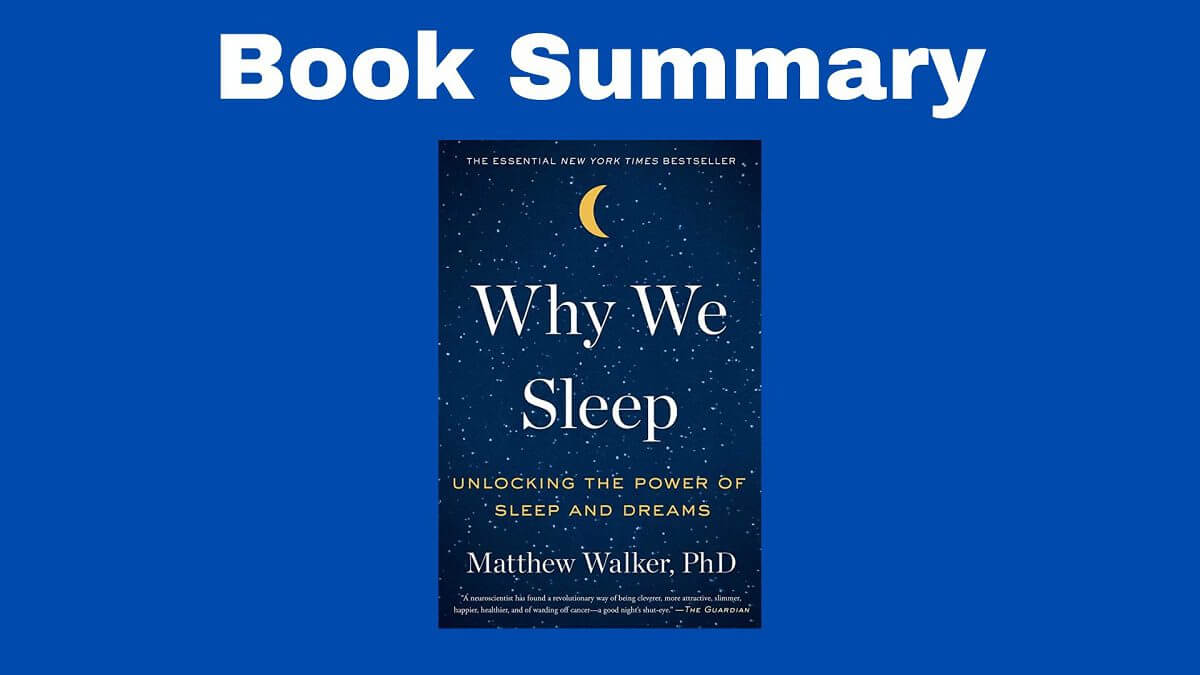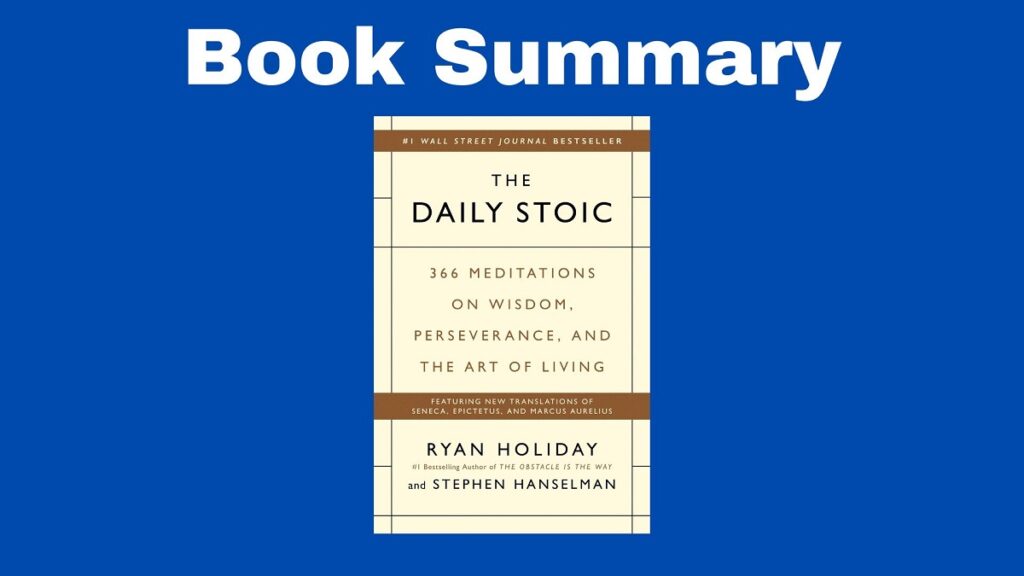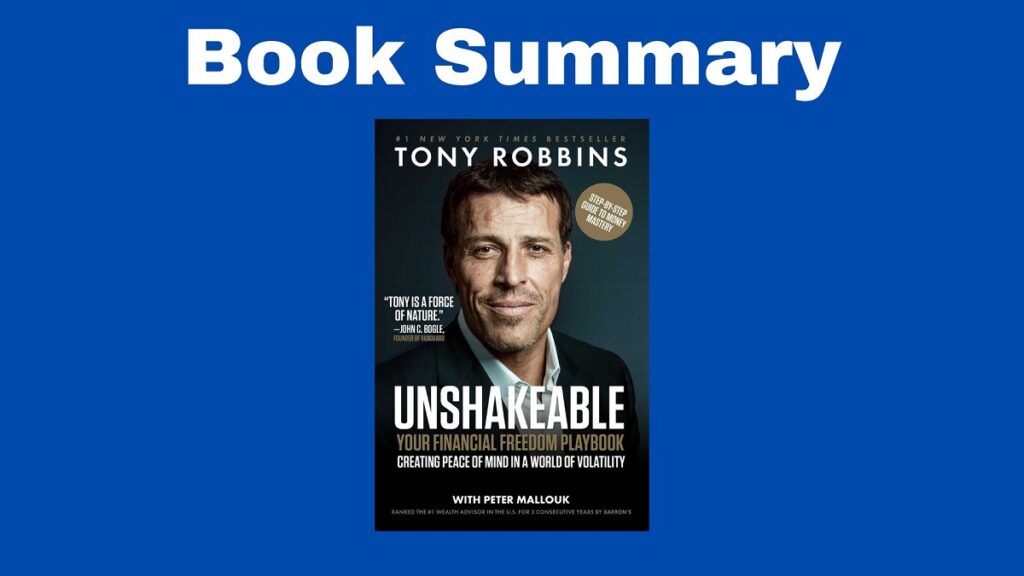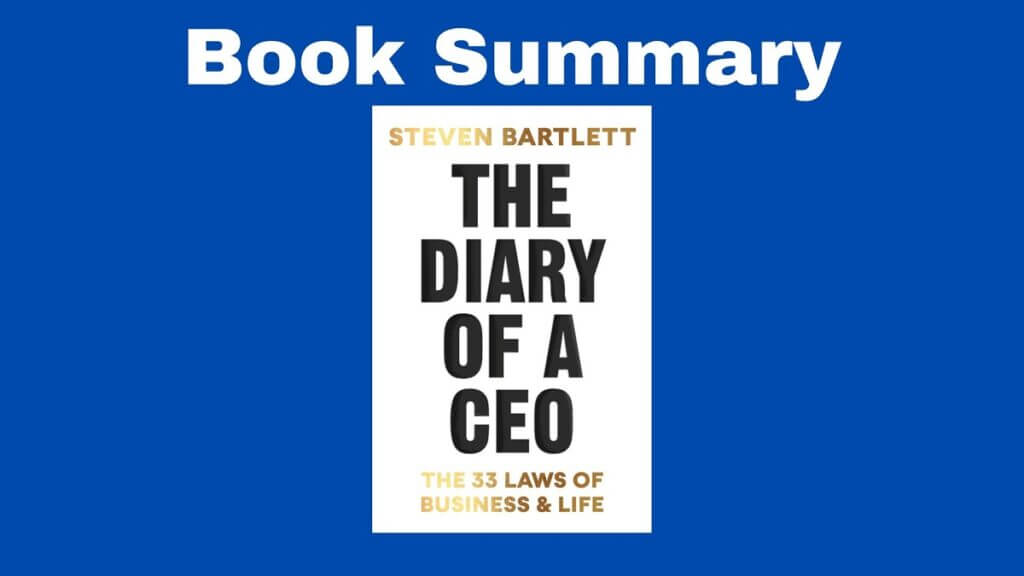The Book in Three Sentences
In this book summary of Why We Sleep, you’ll learn about one of the key areas of our life, health, and longevity. This definitive book on the topic explores the consequences of sleep deprivation, how caffeine and alcohol affect our sleep, and why our sleep patterns change throughout our lives. To write the book, Matthew Walker studied twenty years of research to explain why sleep matters.
Why We Sleep Summary
Part I: This Thing We Call Sleep
Chapter 1: To Sleep…
Most people don’t get enough sleep and they can’t remember the last time they woke up without an alarm or without needing caffeine. Sleeping poorly destroys the immune system, doubles the risk of cancer, and can lead to Alzheimer’s disease, pre-diabetes, and psychiatric conditions like depression and anxiety. In other words, the less you sleep, the less you’ll live.
Society is apathetic towards sleep because science has failed to explain why we need it in the first place. Sleeping doesn’t make sense from a biological standpoint: when we fall asleep, we can’t eat, socialize, reproduce, or protect our offspring, and we’re vulnerable to predators. Yet every known species in the animal kingdom sleeps. We sleep because every organ in our body benefits from it, as well as our immune system, metabolic state, appetite, and cardiovascular system.
Chapter 2: Caffeine, Jet Lag, and Melatonin
Two factors determine how alert or tired we are. The first, is our circadian rhythm, a natural cycle that most living creatures generate during their lifespan. This internal clock sends a signal to every part of your brain and organ in the rest of your body. Apart from determining your level of alertness or tiredness, this tempo also controls your preferences for food or drinks, your emotions, and the release of additional hormones.
Our brain uses daylight to reset our internal biological clock, but it isn’t the only factor. Other external cues include food, exercise, changes in temperature, and social interaction. While all human beings have a twenty-four-hour pattern, their peak of wakefulness varies and this is why we colloquially refer to some people as “morning types” or “evening types” (also called “morning larks” and “night owls”). It’s worth mentioning that belonging to one group or another is entirely biological and this isn’t a choice. Morning types and evening types are Mother Nature’s way of avoiding vulnerability. If we were sleeping together as a tribe, it pays off that some members go to bed at 9 PM and get up at 5 AM and that others go to bed at 2 AM and get up at 9 AM.
Melatonin is a hormone that’s released at night and tells us when to sleep. To be clear, melatonin simply signals when it’s dark, but it doesn’t control sleep itself. When jet engines became popular, humans suddenly had the chance to move through time zones faster than our internal clocks could adjust to them. This led to a phenomenon called jet lag. Even if it’s daytime when you arrive at your destination, if your internal clock says it’s nighttime, you’ll feel tired and sleepy nonetheless. Getting used to the local time of the new location is a slow process that can take several days.
The second factor that determines our wake and sleep is sleep pressure. A chemical known as Adenosine builds up in your brain, the more time you’re awake. Sleep pressure is your desire to sleep and it’s caused by having too much adenosine in your brain. Adenosine peaks twelve to sixteen hours after waking up, but there’s a way to neutralize adenosine: with caffeine. While the effects of caffeine peak thirty minutes after taking it, it stays in your system for hours. Although we associate caffeine with coffee, some teas, dark chocolate, and energy drinks have it as well. Also, the older we are, the longer it takes for caffeine to leave our system.
To determine if you’re getting enough sleep, you should answer two questions. One, could you fall asleep at 10 AM if you wanted to? Two, are you fine without caffeine before noon? If you answer “no” to these questions, then you might suffer from sleep deprivation. By not getting enough sleep, adenosine concentrates and accumulates over time and it keeps coming back in the form of fatigue.
Chapter 3: Defining and Generating Sleep
You can easily identify someone who’s sleeping because you can see some reliable signals: they adopt a specific position, they lower their muscle tone, they don’t communicate, and sleep is reversible (which means that you can wake them up). We can tell when we’ve fallen asleep because we lose awareness and we lose track of time. Doctors found out that when we sleep, we alternate between two cycles: non-rapid eye movement sleep (or NREM) and rapid eye movement (or REM). NREM sleep gets rid of unnecessary neural connections and REM sleep strengthens them.
Chapter 4: Ape Beds, Dinosaurs, and Napping with Half a Brain
Most species in the animal kingdom sleep. There are differences in sleep from species to species though:
- Sleep time: Some animals sleep longer than others
- Composition: Some species don’t experience REM sleep which means they don’t dream
- Diversity: the way in which species in the animal kingdom sleep is different. Some animals sleep with half their brain as a life-preserving mechanism, for example. This means that half their brain sleeps and the other half is in charge of movement.
- Sleep patterns: Some basic bodily functions affect sleep too. If you’re starving, for instance, you’ll stay awake longer.
Although humans in developed nations sleep in a monophasic pattern (a long bout that takes around eight hours), we’re supposed to do it in a biphasic pattern (around eight hours followed by a thirty- to sixty-minute nap in the afternoon). By taking an afternoon nap, you are less likely to suffer from heart disease.
Chapter 5: Changes in Sleep Across the Life Span
Unborn babies are in a sleep-like state until the final trimester. This is when the baby starts gaining wakefulness. When babies are born, they show polyphasic sleep which means they sleep in short bursts, but the older the child gets, the more stable their sleep gets.
By adolescence, we can go into deep sleep, a sign that our brain starts to mature. Teenagers’ wakefulness is still active at night (at around 9 PM or 10 PM), but they still need a lot of sleep, a sign that our brain starts to operate optimally. This isn’t a conscious choice, but a biological one, so it isn’t reasonable to ask teenagers to go to bed early, get up early, and function effectively.
Despite what some people believe, older adults also need sleep, perhaps as much as younger adults. Our sleep is altered as we age for several reasons though. We wake up more often through a process called fragmentation because our bladder weakens. We go to bed earlier and earlier because our circadian rhythm regresses as we age. If older adults try to stay awake longer than usual, they might take an accidental nap and this ruins their sleep. Finally, older people lose deep sleep in both quality and quantity. This happens because as we age, the regions of the brain that deteriorate are those that generate deep sleep.
Part 2: Why Should You Sleep?
Chapter 6: Your Mother and Shakespeare Knew
If the benefits of sleep were advertised people would be interested. Among other benefits, sleep makes you live longer, enhances your creativity, improves your memory, makes you more attractive, protects you from many illnesses, and improves your mood. The best part about it is that sleeping is free.
There have been ardent defenders of sleep throughout history. Shakespeare talked about sleep in Macbeth and mothers advise their children to sleep in order to heal emotional wounds, learn, solve problems, and prevent illnesses. One of the numerous benefits of sleep is that it improves your learning and replenishes your capacity to absorb more information. To increase your chances of learning even more, you should sleep after being exposed to information. This is a process called consolidation.
Also, there’s a method called memory reactivation. This is how it works: you recall all the memories you want to preserve before sleeping and by the time you wake up the next morning, your brain will have enhanced only those thoughts and experiences. Sleep doesn’t just help you remember facts, but also motor skills like playing an instrument, learning how to ride a bike, or flying a plane. NREM Sleep refines motor movements. Finally, another benefit of sleep is that of creativity. This is because the brain makes connections between many dissimilar types of information.
Chapter 7: Too Extreme for the Guinness Book World of Book Records
Sleep deprivation is one of the riskiest endeavors one can attempt. Sleep loss has devastating effects on the brain and can lead to numerous conditions and diseases. The main function that’s affected due to lack of sleep is our attention. When you don’t get enough sleep, a phenomenon called microsleep happens. This is when you’re so sleep-deprived that you momentarily can’t react to an outside stimulus. To perform optimally and avoid micro lapses, you should sleep eight hours every day.
When you cut down on sleep regularly, your performance deteriorates and continues to build up. Unfortunately, you can get accustomed to this state of poor performance and you might even fail to recognize it. Also, you can’t really recover all the hours of sleep you lose regularly by “sleeping it off” during the weekend.
Power napping is a term that refers to short sleep sessions of forty to one hundred and twenty minutes. Can they help when it comes to sleep deprivation? No. While they increase basic concentration, they don’t replace the benefits of a full night’s sleep. Also, bad sleep often leads to a bad mood and emotional reactions. On an extreme level, sleep deprivation leads to suicidal thoughts which can have tragic consequences, especially for the younger population. Not only does pulling all-nighters have physical and psychological consequences, but this is also one of the most inefficient strategies when it comes to learning. Without sleep, the information you’re exposed to quickly evaporates due to sleep deprivation.
There are two diseases people fear the most: dementia and cancer and they’re often linked to inadequate sleep. Alzheimer’s disease happens because a toxic protein called beta-amyloid builds up in the brain. To be clear, there are several factors that lead to Alzheimer’s disease and sleep is but one of them. Sleeping well won’t eradicate dementia, but doing so will lower the risk of having it.
Chapter 8: Cancer, Heart Attacks, and a Shorter Life
Sleep is the foundation of a healthy life. When you take away sleep, everything else becomes less effective, including healthy eating and exercise. The author sums up this idea as: “The shorter you sleep, the shorter you’ll live”. Most of the diseases that affect our health system (heart disease, obesity, dementia, diabetes, and cancer) are somewhat related to sleep. The less you sleep, the more you are likely to eat and gain weight. Sleep also affects your immune system.
Part 3: How and Why We Dream
Chapter 9: Routinely Pyschotic
Dreaming is kind of like being psychotic: you hallucinate, you’re delusional, you’re disoriented, and once it’s all over, you suffer from amnesia. Dreaming takes place in REM sleep. Thanks to brain scanning, scientists have been able to decode what a person is dreaming about. The topic of dreams has fascinated humans throughout history. The Egyptians, Greeks, and modern psychologists have different interpretations of what they mean. Although ancient civilizations rooted dreams in the divine, it wasn’t until Freud that we started thinking about them as part of neuroscience. Although that part was right, there were several problems with Freud’s theory and the main one is the decoding of dreams. More recently, scientists have proven that dreams are transparent and that there isn’t a hidden narrative behind them. The only connection between the “dream” world and the “real” one is probably emotional.
Chapter 10: Dreaming as Overnight Therapy
It’s possible that dreaming has no purpose. It’s also possible that dreaming is useful when it comes to taking care of our emotional and mental health, as well as problem-solving and creativity. There are numerous theories about the power of sleep. One of them says that it works as overnight therapy, an emotional resolution tool of sorts, but science hasn’t been able to prove this claim yet.
Chapter 11: Dream Creativity and Dream Control
Dreaming also helps creativity and problem-solving. Examples include learning grammar rules, song composition, and poem writing. This happens because REM sleep creates connections between abstract concepts.
Part 4: From Sleeping Pills to Society Transformed
Chapter 12: Things that Go Bump in the Night
Some of the sleep disorders that exist are remarkable in some cases and tragic in other cases. The author gives his attention to a few of them: somnambulism, insomnia, narcolepsy, and fatal familial insomnia.
- Somnambulism: This disorder involves conditions where there’s movement. Some of them include sleepwalking, sleep talking, sleep eating, sleep texting, sleep sex, and sleep homicide, though the last one is rare. Somnambulism is likely the result of an electrical jolt that affects the brain while this is in deep NREM sleep and puts the brain between deep sleep and full wakefulness. Most somnambulism episodes are benign.
- Insomnia: This is the most common sleep disorder. Sleep deprivation is different from insomnia. Insomnia is when people can’t sleep in enough quantity and quality despite giving themselves enough time to do so. Insomnia can be inherited, but its causes are often unrelated to genetics. Some of the causes of insomnia include environmental factors, the consumption of certain substances (caffeine, tobacco, and alcohol), emotional concerns, or anxiety.
- Narcolepsy: What you do in life is motivated by avoiding something bad or accomplishing something that feels good. This is the law of avoidance and it explains our behavior. Behind this law are emotions and without them, our lives would feel empty and sterile. This is exactly what narcolepsy feels like. Narcolepsy is a rare neurological disorder with three distinct symptoms: daytime sleepiness, sleep paralysis, and cataplexy. First, you have an uncontrollable urge to sleep. Second, you can’t sleep or move when you wake up. Third, you lose muscle control which can make the person collapse.
- Fatal familial insomnia: This is a rare and genetically inherited disorder that can’t be treated and leads to death. Essentially, lack of sleep will kill the patient.
Chapter 13: iPads, Factory Whistles, and Nightcaps
Why can’t people get enough sleep? The author points out five factors:
- Constant electric and LED Light: The presence of artificial light pauses your internal clock by delaying the release of melatonin. You may get into bed because it’s late, but your brain thinks otherwise. Bedside lamps and subtly lit rooms still aren’t optimal. The blue LED light from tablets, smartphones, TVs, and computer monitors has a big impact on melatonin release. Potential solutions to limit our exposure to artificial light include dimming the lights in the evening hours, wearing yellow-tinted glasses indoors, maintaining complete darkness, or installing software on your devices to mitigate the effects of the blue LED light.
- Regularized temperature: Thermal environment refers to the temperature around your body. This is one factor that determines how easily you fall asleep. Ideally, you’ll sleep in a room that’s too cold rather than too hot.
- Caffeine: The effects that caffeine has on our sleep were discussed in the second chapter of the book. To sum up, caffeine neutralizes adenosine, the hormone that controls our desire to sleep. It’s worth mentioning that the substance stays in your system for hours.
- Alcohol: Alcohol won’t make you fall asleep easily. In fact, it fragments sleep, so you’ll wake up several times and sleep isn’t restorative which means you’ll be exhausted the next day. Also, alcohol suppresses REM sleep.
- Punching time cards: The modern-day alarm clock encourages us to terminate sleep artificially and invites a fight-or-flight response.
Chapter 14: Hurting and Helping Your Sleep
The problem with sleeping pills is that they can negatively impact your sleep and lead to diseases. No medication produces natural sleep because they are sedatives and on top of that, they’ll have a variety of side effects, such as grogginess, forgetfulness, and slowed reaction times. Additionally, most sleeping pills are addictive drugs, so you may suffer from abstinence and if you can stop using them for good, the insomnia will be back. Sleeping pills improve your sleep minimally but can lead to cancer or death.
Alternatives to prescription sleeping pills include:
- Cognitive behavioral therapy for insomnia (or CBT-I)
- Reducing caffeine and alcohol consumption
- Removing electronic devices from the bedroom
- Having a cool bedroom, Having a regular bedtime and wake-up time
- Going to bed when you’re tired
- Avoiding evening naps
- Avoiding staying awake in bed for too long
- Reducing anxiety before bed
- Removing visible clocks from the bedroom
For those who aren’t suffering from insomnia, you should still have good “sleep hygiene” practices. The most effective strategy is going to bed and waking up at the same time every day. A sedentary life doesn’t help sleep, so exercise regularly, but avoid doing it before bed (if you have to exercise, do it two to three hours before bedtime). Finally, what you eat impacts your sleep too. While making definitive recommendations is hard, don’t go to bed too full or too hungry.
Chapter 15: Sleep and Society
Sleeping fewer than seven hours is slowly becoming an epidemic. Lack of sleep impacts society in four main ways: sleep in the workplace, torture, sleep in the education system, and sleep in medicine and health care.
Sleep deprivation negatively impacts our job performance yet we often glorify those who sleep a handful of hours. Sleepy employees cost companies and governments millions of dollars. Underslept employees are less productive, less happy, lazier, and more unethical.
Governments and the military have used sleep deprivation as a tool for torture. This isn’t just ineffective (your memory and emotional responses falter when you can’t sleep), but this is inhumane and can lead to suicide, heart attacks, depression, and anxiety.
Most education systems in the world encourage their students to get up early in the morning. Waking up early makes teenagers hard to concentrate. At an extreme level, doing this repeatedly leads to anxiety, paranoia, and hallucinations. Those students who wake up later are often intellectually superior to those who don’t.
Chapter 16: A New Vision for Sleep in the Twenty-First Century
How can we solve the problem of our lack of sleep? According to the author, this involves two steps. First, we should identify why people in general resist change and second, we should develop a model to carry out potential solutions. The author’s model goes from individuals to society.
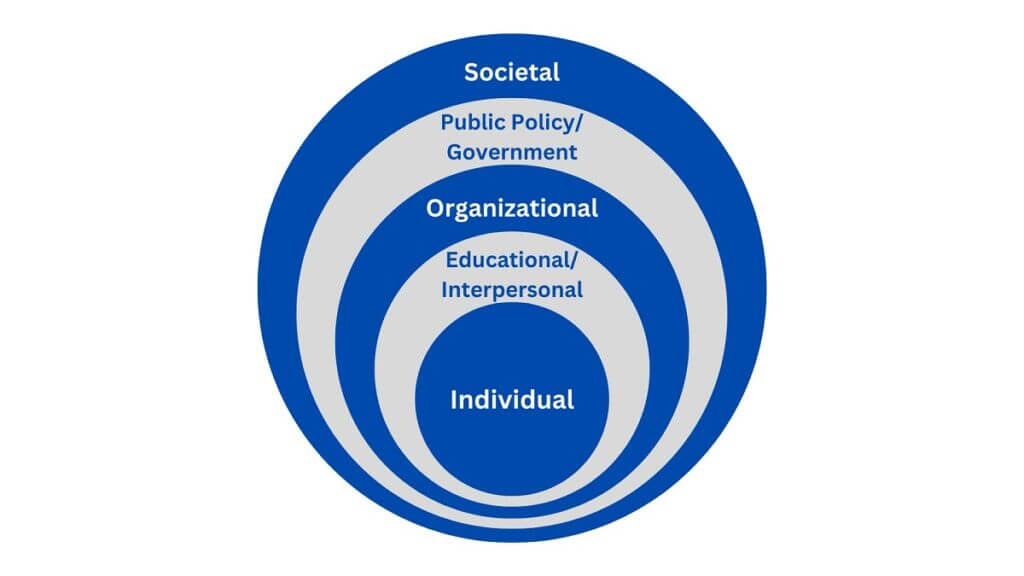
- Individual transformation: We should use technology to our advantage to track our sleep and control our thermostats and lighting, and use warm colors rather than blue LED lights.
- Educational change: Most people have never received formal education when it comes to sleep. Simple resources such as animated shorts or board games could help a lot of people.
- Organizational change: Employees could receive bonuses and extended vacation time if they sleep a certain number of hours. Workplaces should offer flexible work shifts.
- Public policy and societal change: Governments should educate people about sleep.
Conclusion
Humans have evolved for millions of years, but in a few hundred years, we have abandoned the basic need for sleep. This is causing grave damage to our health, safety, and productivity. We should reclaim our right to sleep without embarrassment.
Twelve tips for healthy sleep:
- Stick to a sleep schedule
- Exercise but don’t do it too late in the day
- Avoid caffeine and nicotine
- Avoid alcohol before bed
- Avoid large meals and beverages before bed
- Avoid medicines that disrupt sleep
- Don’t take naps before 3 PM
- Relax before bed
- Take a hot bath before bed
- Your bedroom should be dark, cool, and gadget-free
- Use daylight to regulate sleep
- Don’t lie in bed awake
Further Reading
If you liked this summary of Why We Sleep, you might also like:

